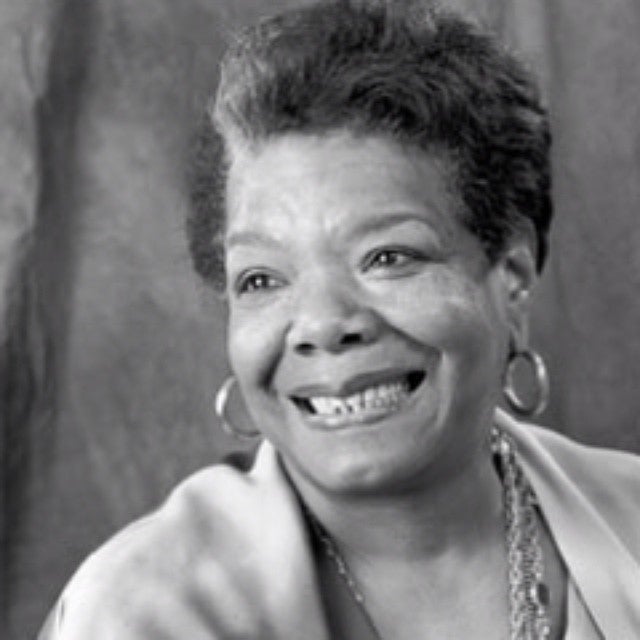
The Harlem brownstone where poet and civil rights activist Maya Angelou lived for the last decade of her life is on the market. And you could be the next owner for a cool $5.095 million. The four-story, 20 foot wide townhouse located at 58th West 120th Street is said to have hosted company like Oprah Winfrey and Cicely Tyson.
15 Reasons We Love Dr. Maya Angelou
The late Angelou had purchased the brownstone sight unseen at the suggestion of friends Nick Ashford and Valerie Simpson. Built in the early 1900s, the 6,500-square-foot home features eight bathrooms (5 full baths and 3 half baths) and five bedrooms, including two master suites.
There’s a Kickstarter Campaign for a Maya Angelou Documentary
“Someone buying this property will obtain a piece of cultural history. We are honored to be the exclusive listing broker for Dr. Angelou’s home,” Valon Nikci of Link NY Realty tells Today.
Here’s Why Oprah Couldn’t Fund the Maya Angelou Documentary
The description of Angelou’s home in the New York Times truly reads like a novel:
“Ms. Angelou preserved as many of the original architectural details as she could. This included refurbishing the ornate oak front door, the parlor-level wainscoting and the carved staircase banister, as well as the decorative fireplaces, Mr. Nikci said. She added contemporary elements like an elevator, recessed lighting, two skylights and central air-conditioning. She also turned the basement into a recreation/entertainment area.
Her master suite encompassed the third floor and included a fireplace and a spacious library. In fact, there are numerous bookshelves throughout the home, which might have housed her myriad works, including her six-volume memoirs, poetry, plays, essays, children’s books and cookbooks. Additional bedrooms are on the fourth floor (where there’s also a laundry room) and the garden level, which also has the kitchen, with a decorative fireplace and a dumbwaiter.
Though it now sits vacant, the brownstone once shimmered with bursts of color from the artwork Ms. Angelou had collected, and from her choice of décor. Oversize armchairs and couches in the living room on the parlor level were upholstered in bold shades of lime green, tangerine, grape and yellow — “I wanted the room to look like a bowl of summer fruit,” she said in a 2007 interview — and the dining room showcased a soffit ceiling with a painted blue sky and clouds, a feature that remains. The parlor level also once displayed a birdcage lamp, resting on a piano, a nod to her autobiographical work “I Know Why the Caged Bird Sings,” published in 1969.”
Dr. Angelou once described her home as “a refuge not only from the world, but a refuge from my worries, my troubles, my concerns.”
Dr. Maya Angelou’s Life In Pictures